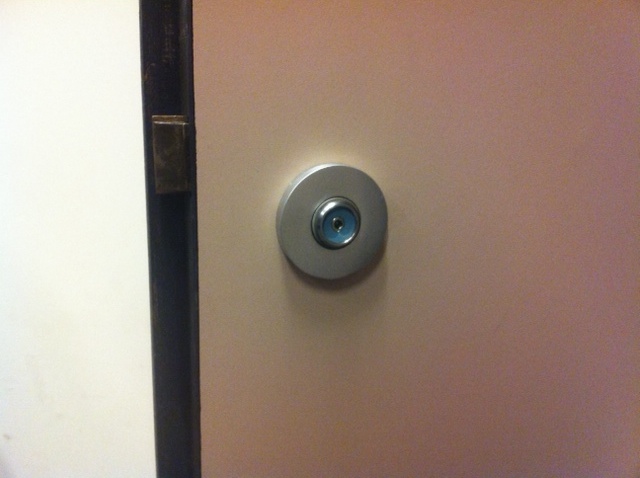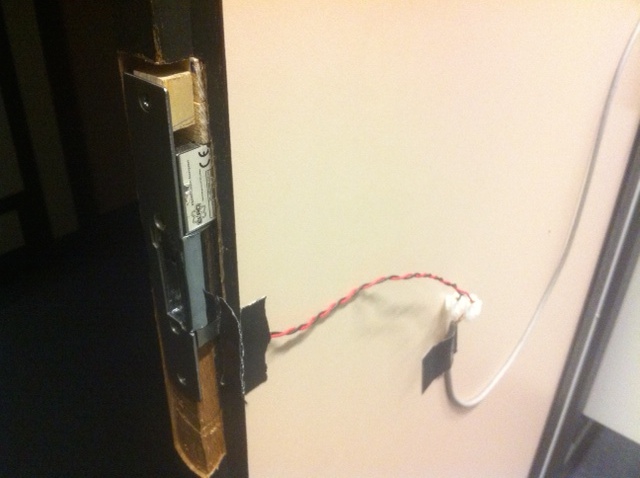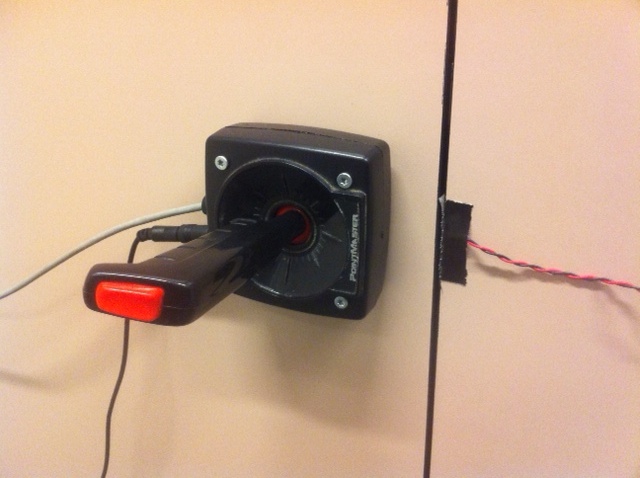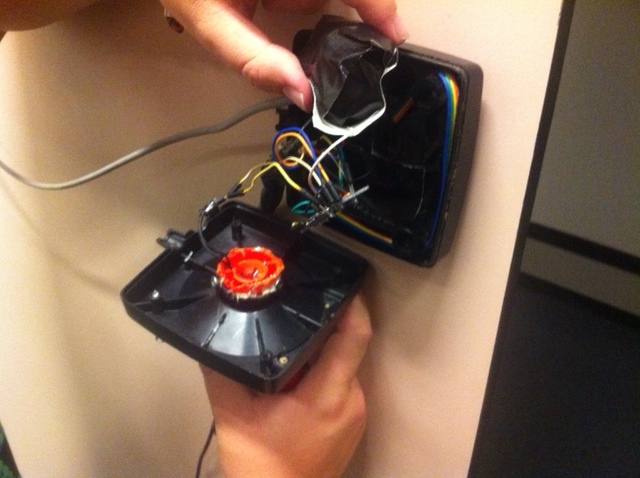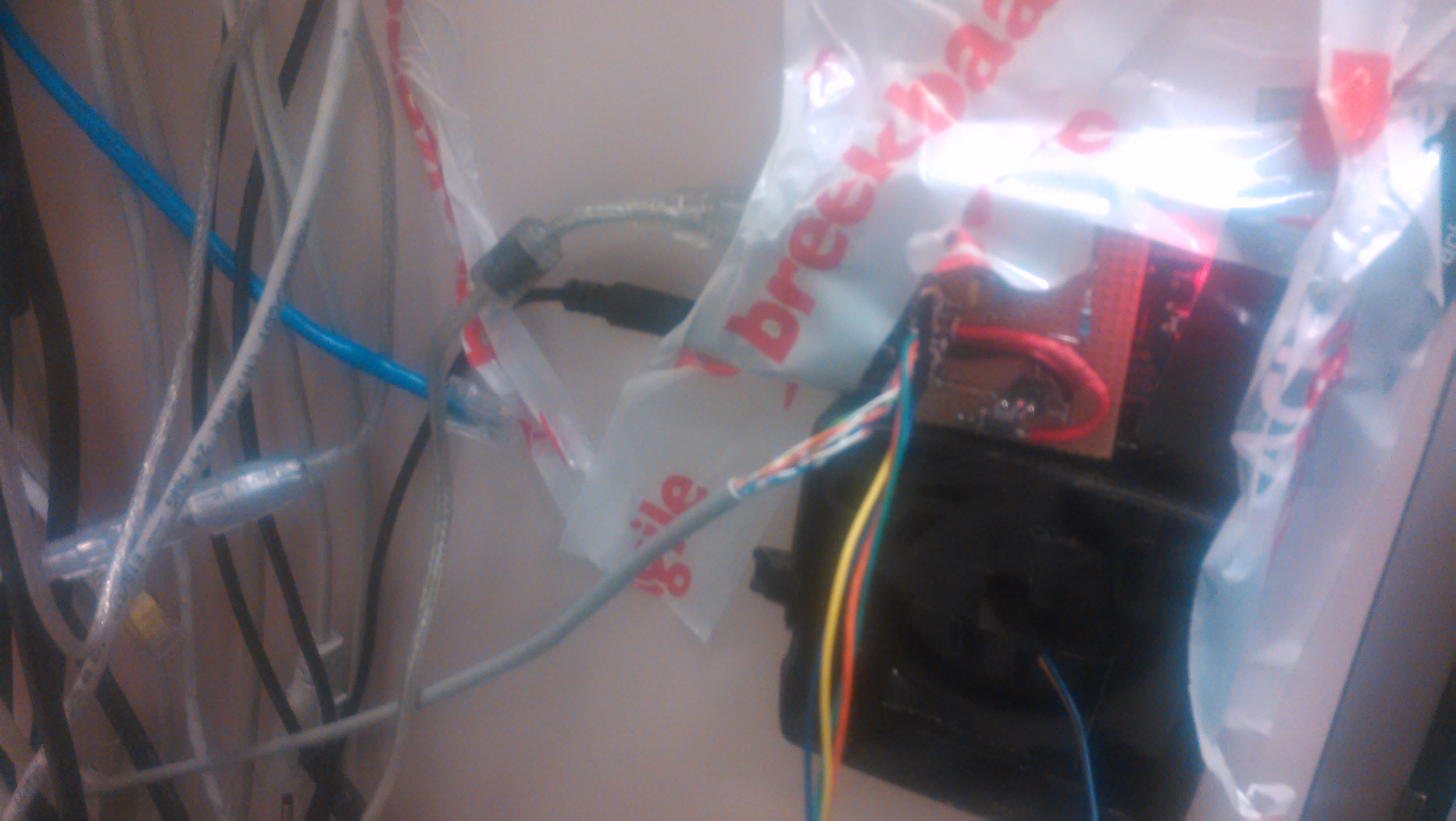Difference between revisions of "ACKsess"
(added image on how it shouldn't look like) |
(set project to completed) |
||
| Line 1: | Line 1: | ||
{{Project | {{Project | ||
| − | |State= | + | |State=Completed |
|Members=Vicarious,Prodigity,xopr | |Members=Vicarious,Prodigity,xopr | ||
|Description=Knock knock. | |Description=Knock knock. | ||
}} | }} | ||
| − | |||
=== synopsis === | === synopsis === | ||
knock knock. | knock knock. | ||
Revision as of 13:20, 3 November 2015
| Project: ACKsess | |
|---|---|
| Featured: | |
| State | Completed |
| Members | Vicarious, Prodigity, xopr |
| GitHub | No GitHub project defined. Add your project here. |
| Description | Knock knock. |
| Picture | |
| No project picture! Fill in form Picture or Upload a jpeg here | |
Contents
synopsis
knock knock.
current implementation
The now working ACKsess implementation has several advantages over the old broken one, that broke.
- Heartbeat: it pulsates the LED every 5 seconds or so, to indicate it's active
- Better feedback (blink if door is unlocked)
- Brute force protection (locks 30 seconds after a failed authentication, pulsates very fast as a tamper indication)
- Faster response (shortened the delay for faster response)
- Opens on powerup/reset. This way, the reset button can be used to open the door
- Various code cleanup/alignment/update
- (NEW) it beeps (as a helping aid)!
images
Some images
hardware
The joystick contains a print that fits snugly, with an Arduino pro mini.
arduino Mega 1280
The print has print connectors, so everything can pop off easy.
You can use a USB to serial adapter (came with the pro mini) for debugging on 115200 baud.
Joystick PCB
The PCB receives power, and uses a 7805 to power the Arduino.
Arduino pins
- 2: reader pin: reader 'data' pin, 4k7 pull up to 5v
- 3: led pin: uses pwm heart beat every 5 seconds and blinks fast if the door is unlocked
- 4: button pin: for use for external opener, pullup (connect to ground to trigger)
- 5: relay pin: set high to pull relay pin to low
- 9: buzzer pin: for audio feedback
- The NPN transistor used is a BC548 (goes up to 500mA), drived with a 100-300 something ohm resistor on the base (from the top of my head).
- Note that is has a diode (1n4000 something) antiparallel between collector and emittor as coil reverse voltage protection
- The onewire pull up used is 4k7 to 5v
DS9092L iButton probe
I had to reverse engineer the wiring somewhat (connector was gone), but here it is: DS9092L iButton probe datasheet Pinout:
- GND (blue)
- Data (onewire) (green)
- LED cathode (-) (yellow)
- LED anode (+) (orange)
software
Most of ACKsess.ino:
#include <OneWire.h>
const int relayPin = 5; // the number of the relay pin
const int ledPin = 3; // the number of the LED pin (change to 13 to see the onboard led)
const int readerPin = 2; // the number of the iButton reader pin
const int buttonPin = 4; // the number of the pushbutton pin
const int buzzerPin = 9; // the number of the buzzer pin
OneWire ds( readerPin );
byte addr[ 8 ];
String keyStatus = "";
byte allowedButtons[][6] = {
/* ADD YOUR BUTTONS TO AUTHORIZE HERE */
};
byte disallowedButtons[][6] = {
/* ADD THE BUTTONS TO IGNORE HERE */
};
void setup(void)
{
Serial.begin(115200);
pinMode( buttonPin, INPUT_PULLUP );
pinMode( ledPin, OUTPUT );
pinMode( relayPin, OUTPUT );
Serial.println( "ACKsess initialized" );
Serial.print( "number of keys: " );
Serial.println( sizeof( allowedButtons ) / 6 );
// Open the door upon power up and (on board) reset
openDoor( true );
}
byte nState = 0;
byte nLedVal = 0;
bool bTamper = false;
void loop(void)
{
switch ( nState )
{
case 0: // forward, led fade in
nLedVal++;
if ( nLedVal >= 255 )
nState++;
if ( bTamper )
analogWrite( ledPin, nLedVal & 32 );
else
analogWrite( ledPin, nLedVal );
delay( 1 );
break;
case 1: // backward, led fade out
nLedVal--;
if ( nLedVal <= 0 )
nState++;
if ( bTamper )
analogWrite( ledPin, nLedVal & 32 );
else
analogWrite( ledPin, nLedVal );
delay( 1 );
break;
default: // idle
nState++;
delay( 500 );
if ( nState >= 10 )
nState = 0;
break;
};
// If the external button was pushed, open the door
if ( digitalRead( buttonPin ) == LOW )
openDoor( true );
// Check keys twice each fade and on every idle state step
if ( (nLedVal == 127) || ( nState > 1 ) )
{
// Store the button info and read the keycode
getKeyCode( );
if( keyStatus == "ok" )
{
// We have a correct key type, authenticate it
Serial.print("00");
for( byte i = 5; i > 0; i--)
{
Serial.print( ":" );
Serial.print(addr[i], HEX);
}
Serial.println( "" );
// Either open the door, or lock the system for 30 seconds
if ( authenticateKey( addr, false ) )
{
bTamper = false;
openDoor( false );
}
else if ( !authenticateKey( addr, true ) )
{
bTamper = true;
Serial.println( "ACKsess denied!" );
tone( buzzerPin, 600, 3000 );
delay( 30000 );
}
else
{
Serial.println( "ACKsess filtered" );
tone( buzzerPin, 600, 500 );
delay( 1000 );
tone( buzzerPin, 600, 500 );
delay( 1000 );
tone( buzzerPin, 600, 1000 );
}
}
}
}
void openDoor( bool _buttonPressed )
{
Serial.println( "ACKsess granted!" );
// Trigger the relay
digitalWrite( relayPin, HIGH );
// Blink the led fast for about 3 seconds
for ( byte n = 0; n < 3; n++ ) // 250+250*6 500+500*3
{
digitalWrite( ledPin, HIGH );
tone( buzzerPin, 1000, 250 );
delay( 250 );
digitalWrite( ledPin, LOW );
delay( 250 );
}
// Relay off
digitalWrite( relayPin, LOW );
}
void getKeyCode()
{
byte present = 0;
byte data[ 12 ];
keyStatus="";
if ( !ds.search( addr ) )
{
ds.reset_search( );
return;
}
if ( OneWire::crc8( addr, 7) != addr[ 7 ] )
{
keyStatus = "CRC invalid";
return;
}
keyStatus = "ok";
ds.reset( );
}
boolean authenticateKey( byte* _button, bool _includeIgnore )
{
/* SECURITY THROUGH OBSCURITY, VISIT US TO SEE SOME EXAMPLES */
return false;
}
todo
- add picture of the internals
- have battery backup (implement stand-by mode, might need a refit of the pull-up)
- check if we need a power-on-lock or power-off-lock, and add an appropriate power design
- audit the authentication method
- Create better method to store and revoke keys on the whole
